Artist Spotlight, History Of Comics
Remembering Steve Ditko
by Joshua H. Stulman
Steve Ditko was one of the last great comic book thinkers of our time. Quiet, strong-willed, stubborn, principled, eccentric, independent, and recluse are all words that come to mind when describing the 90 year old comic legend.
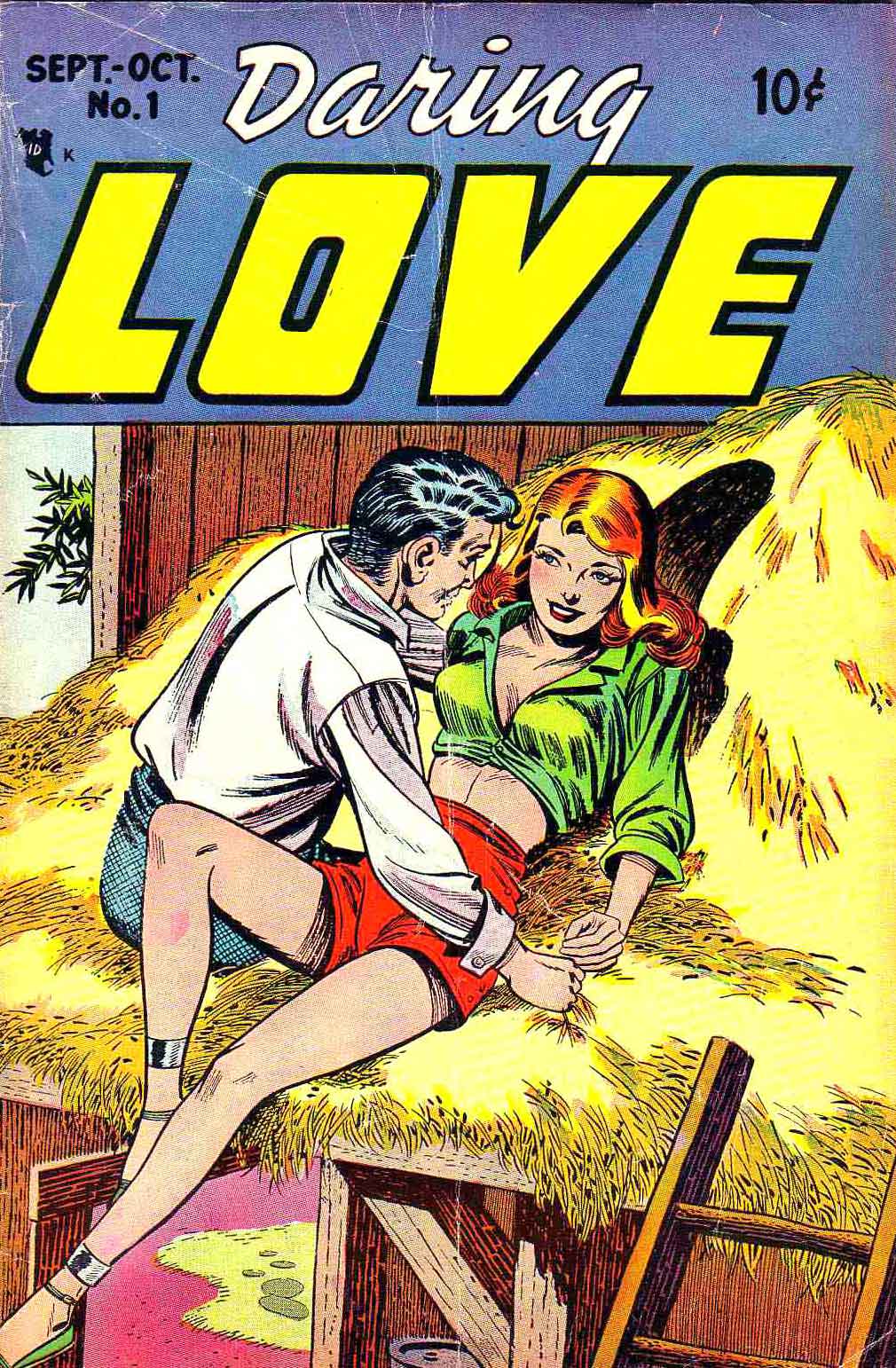
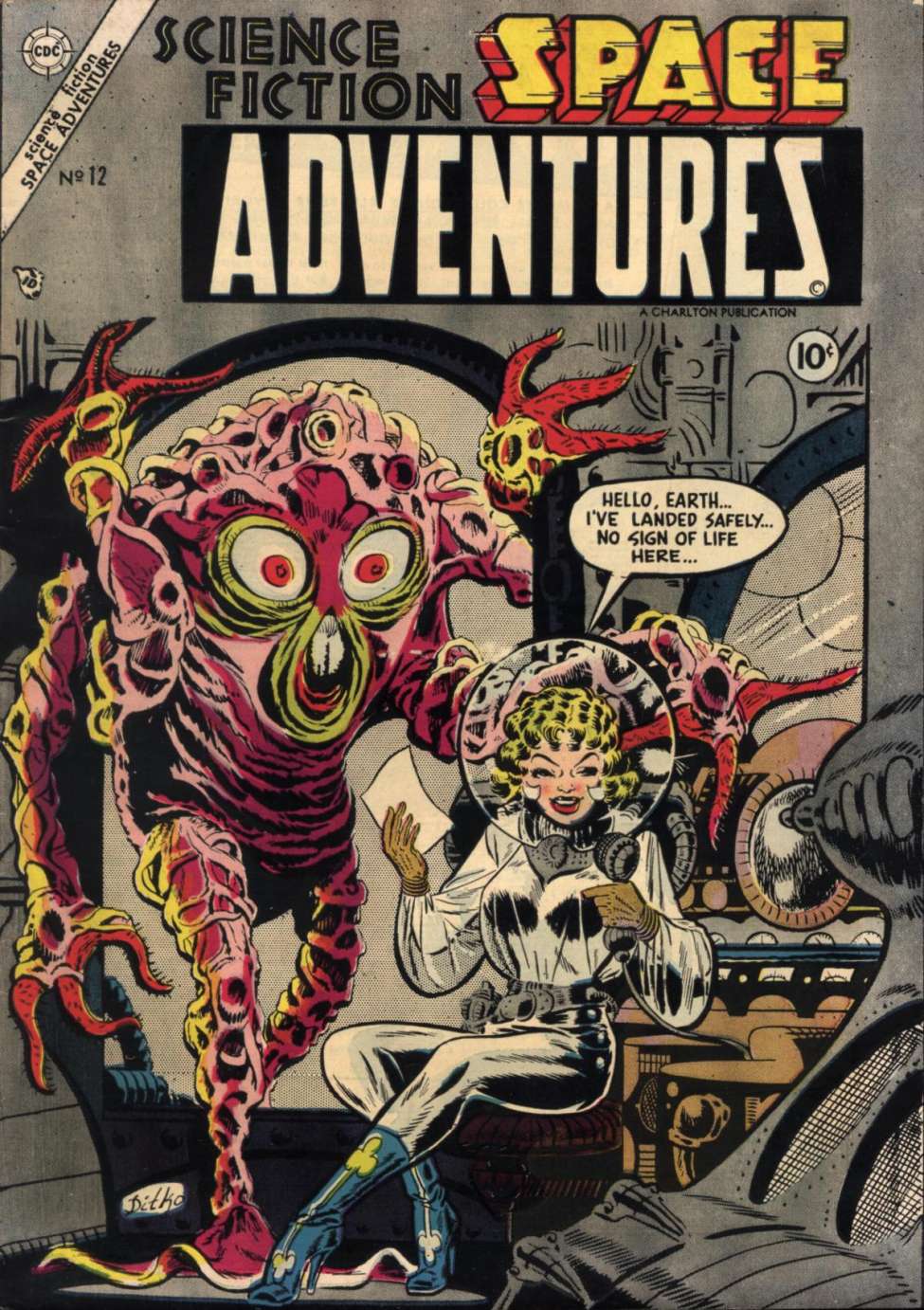
Steve Ditko was the part of the second generation of comic book artists. He studied directly under Batman artist, Jerry Robinson (Joker & Robin co-creator), at what would become the School of Visual Arts. Later, he got his start in comics as an inker working in the Kirby and Simon studio in the early 1950’s. He worked on crime, science fiction and horror comics, which were popular at the time. Ditko found steady work at Charlton Comics and built relations with the company that would come handy later on. He started his work for Marvel (then called Atlas) during the late 1950’s and early 1960’s penciling many of the monster/ “Twilight Zone” stories along side other comic legends like Jack Kirby and Dick Ayers.
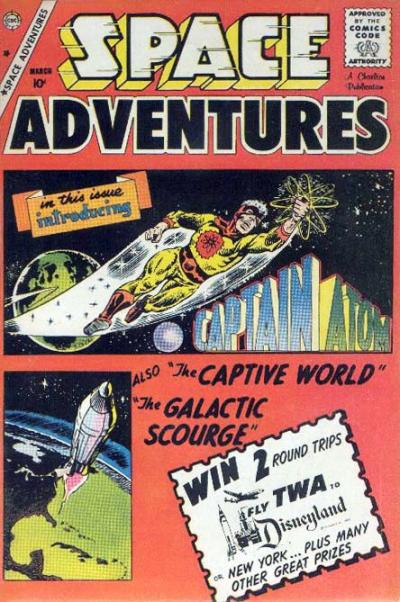
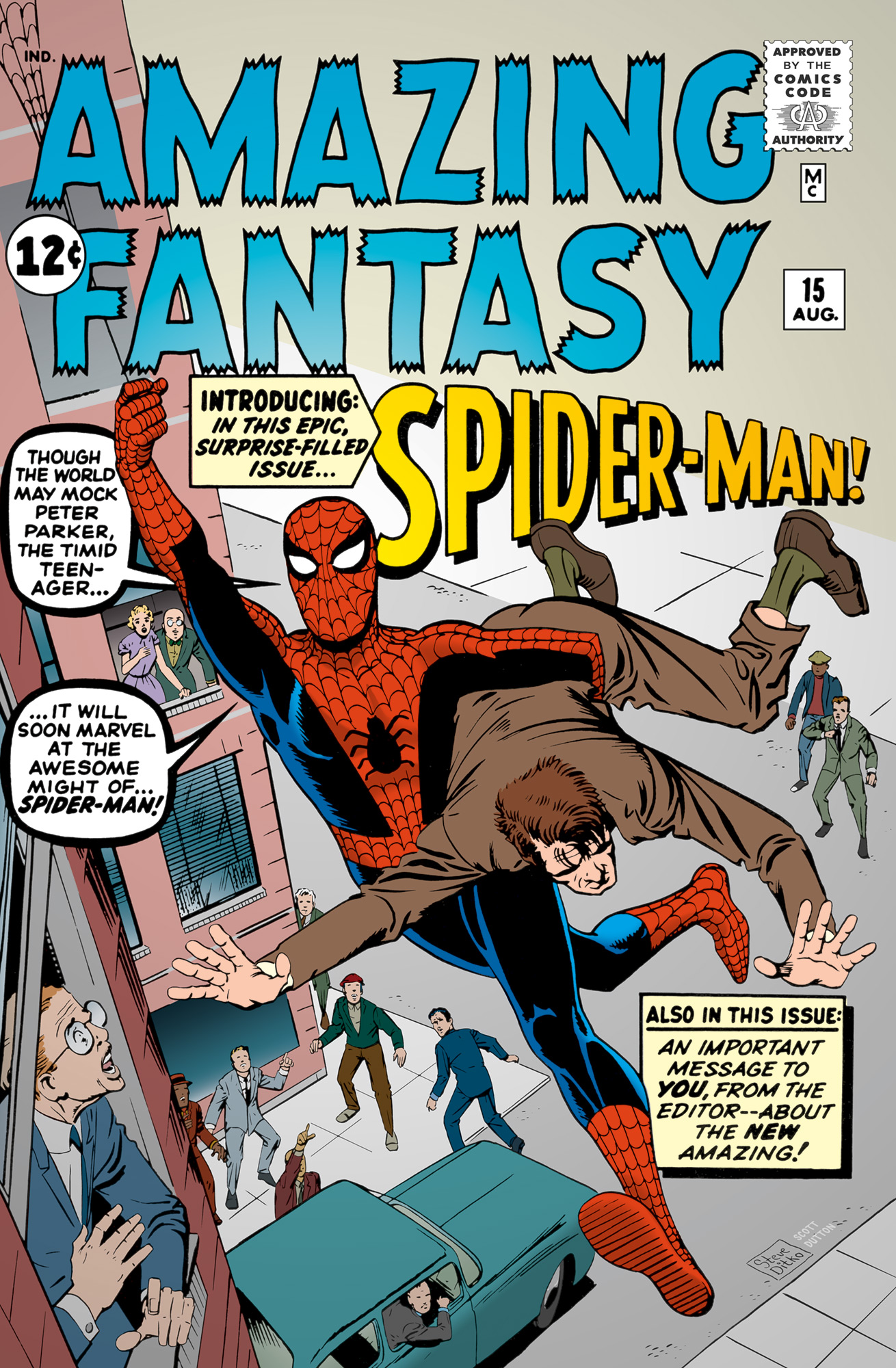
Ditko created Captain Atom in 1960 for Charlton Comics just as Marvel was beginning to re-introduce super-heroes into their comic offerings. Ditko’s most famous work for Marvel came in the final issue of the Sci-Fi anthology series, Amazing Fantasy # 15, which debuted Spider-Man. The story was so successful that Ditko and Stan Lee continued the teenage Super-Hero’s adventures into the solo series The Amazing Spider-Man.
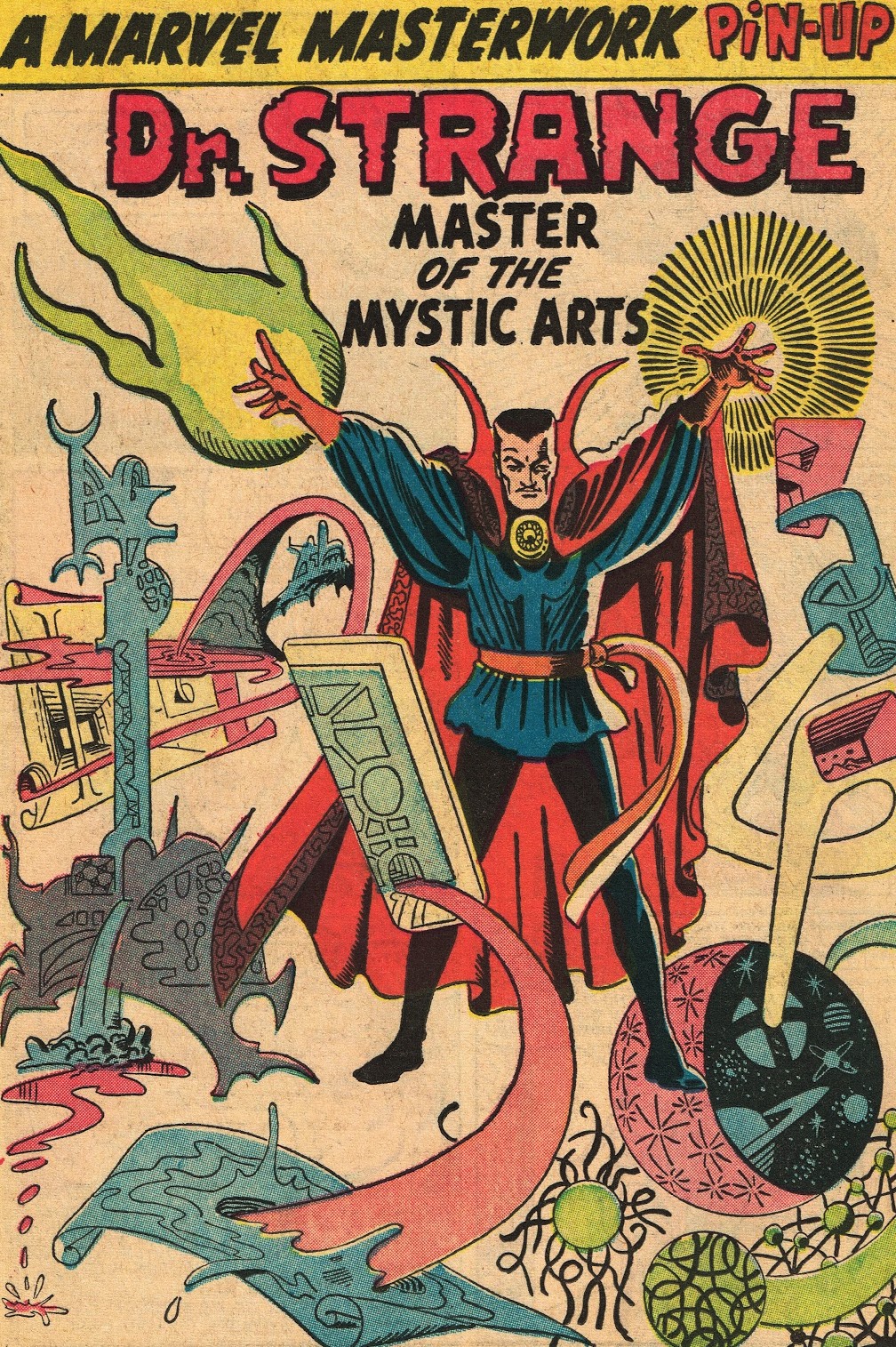
Along with his work on the Amazing Spider-Man, Ditko drew full issues and back up stories featuring early appearances by the Hulk, Thor and the Fantastic Four. Ditko also re-designed the now familiar red and gold armor for Iron Man. His second great hit came in the back up feature of Strange Tales #110 when he debuted the mystical Dr. Strange.
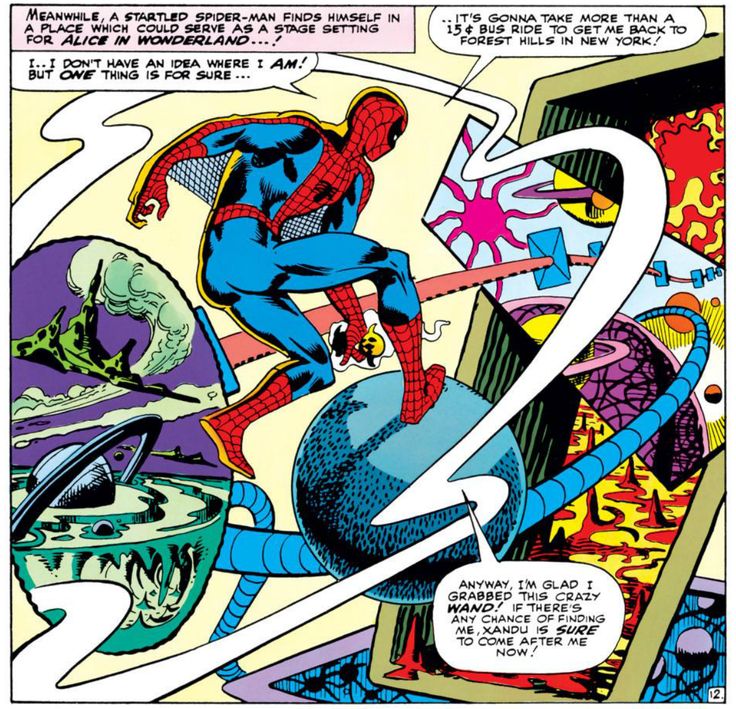
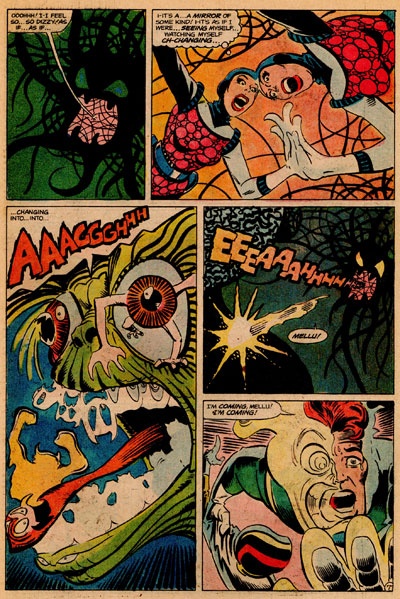
His artstyle was perfect for Doctor Strange in describing the “other worldly.” Many fans believed his artwork was psychedelic and fit perfect for the times. But truthfully, Ditko looked to Salvador Dali’s surrealism to describe his fantastic scenes of extra dimensions. Twisting panels, checkered orbs, and extremely elongated shapes warping with no decisive grounding were hallmarks in his style. How else could one begin to describe the surreal with just a pen and ink. Only filmmakers today working on the Doctor Strange film were able to come close to replicating the strangeness described by Ditko decades earlier.
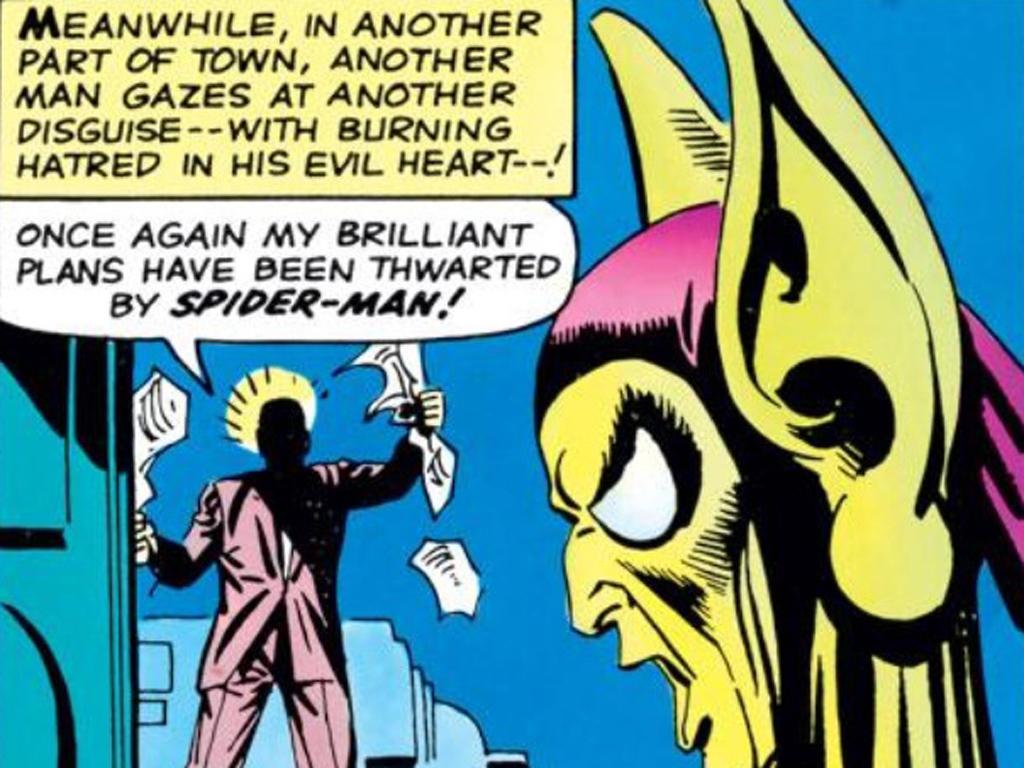
Ditko worked at Marvel as the regular artist for Amazing Spider-Man and Dr. Strange for four years. For Spider-Man, he created many of the early rogue gallery including: Dr. Octopus, Sandman, Vulture, Kraven the Hunter, Mysterio, the Lizard, Electro, Scorpion and most famously the Green Goblin. For Doctor Strange, he created Baron Mordo, Eternity, and Dormammu.
His work at Marvel abruptly ended in 1966. Many people credit this sudden choice with disagreements over creative control under Stan Lee. The oft-cited anecdote describes Ditko quitting over Stan Lee’s insistence that the Green Goblin’s identity be revealed as Norman Osborn (a re-occurring character) rather than an unnamed villain.
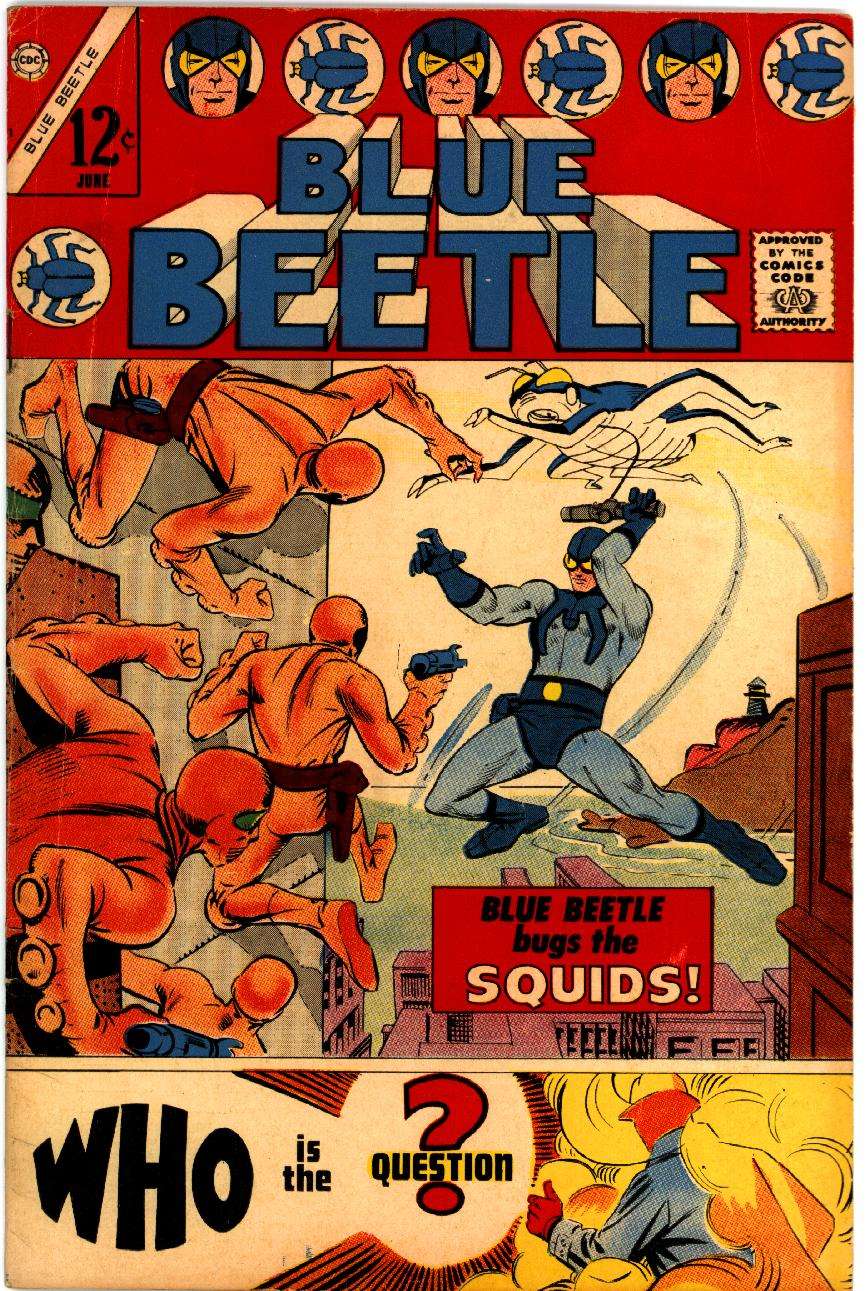
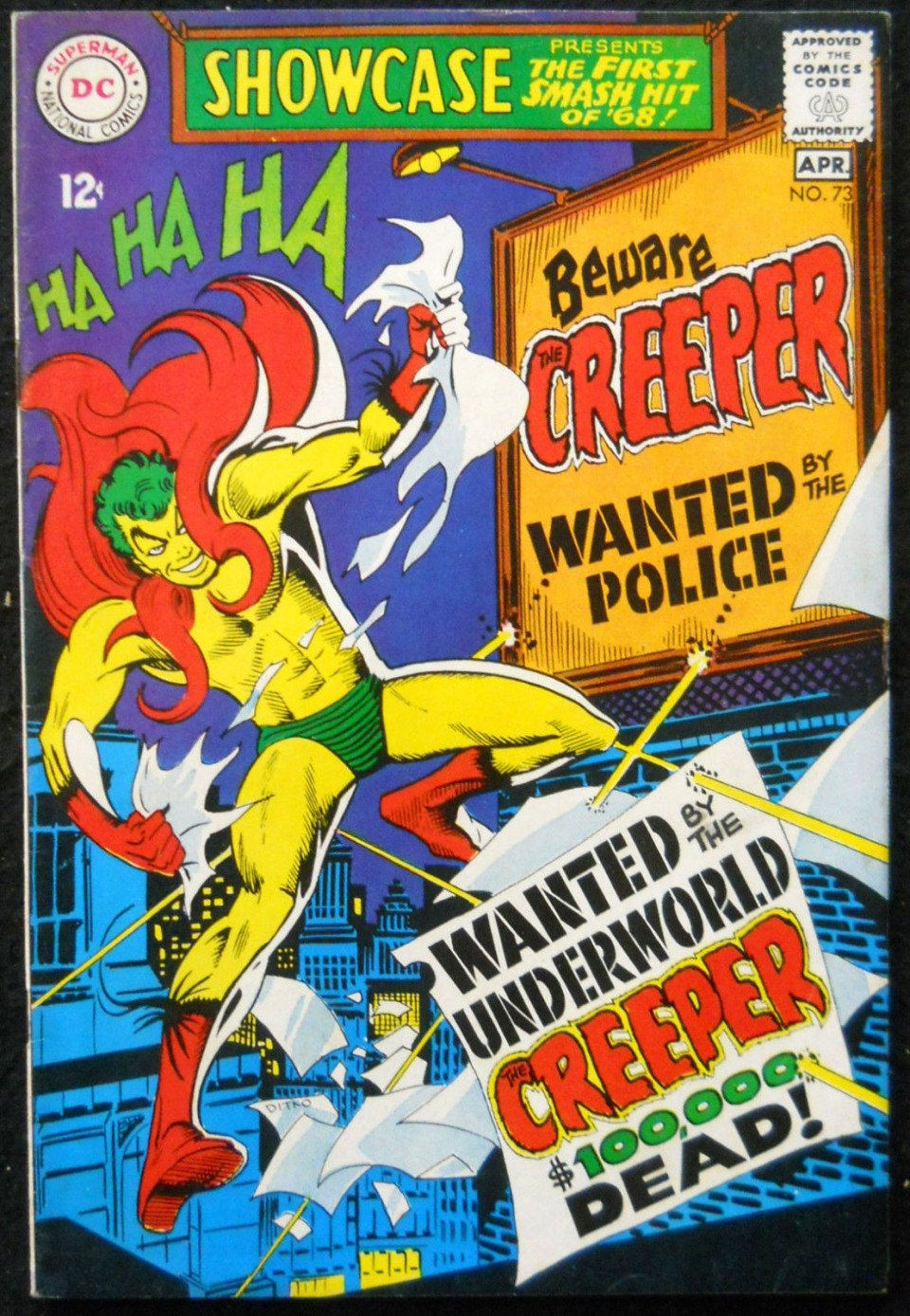
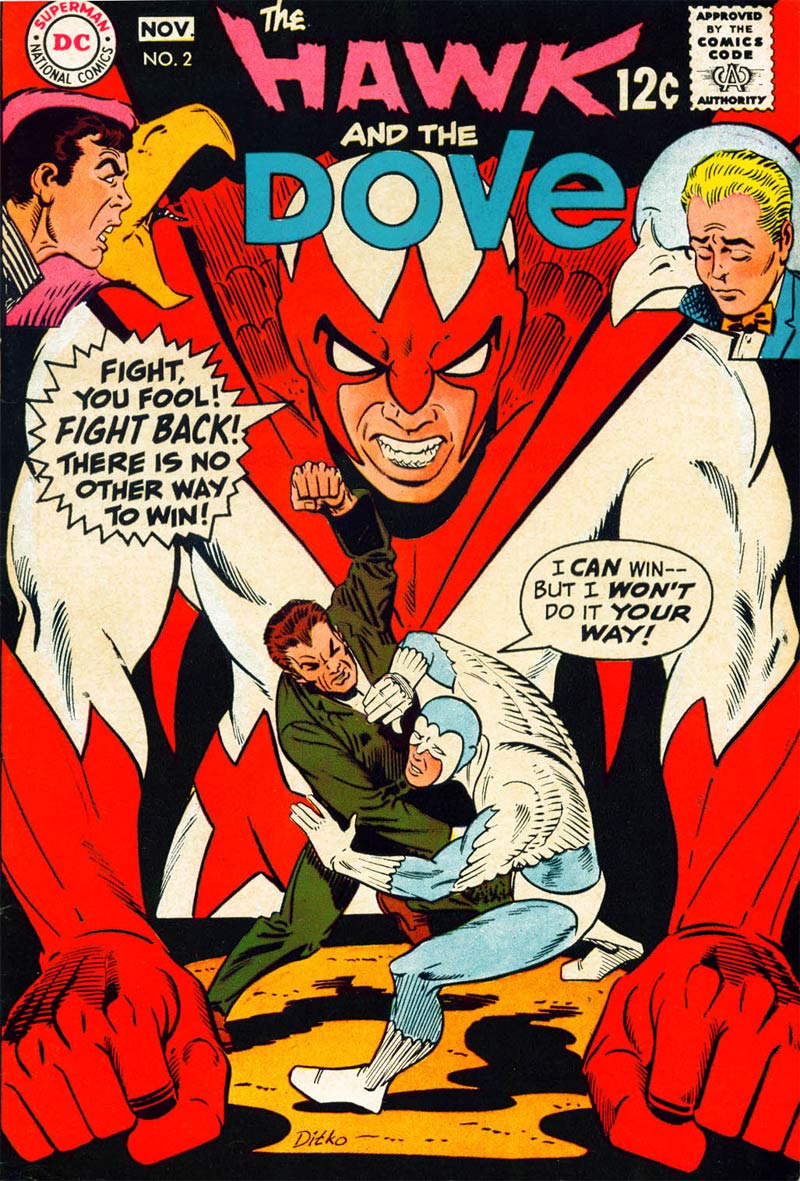
Ditko returned to Charlton where he revitalized and expanded the company’s super hero line. He re-designed Captain Atom and Blue Beetle, as well as creating The Question (a more comic code friendly version of his objectivist inspired character, Mr. A). In 1968, Ditko found himself at DC Comics. Here he created The Creeper and Hawk & Dove. Ditko’s characters often were critical of the larger society and explored morals and ethics.
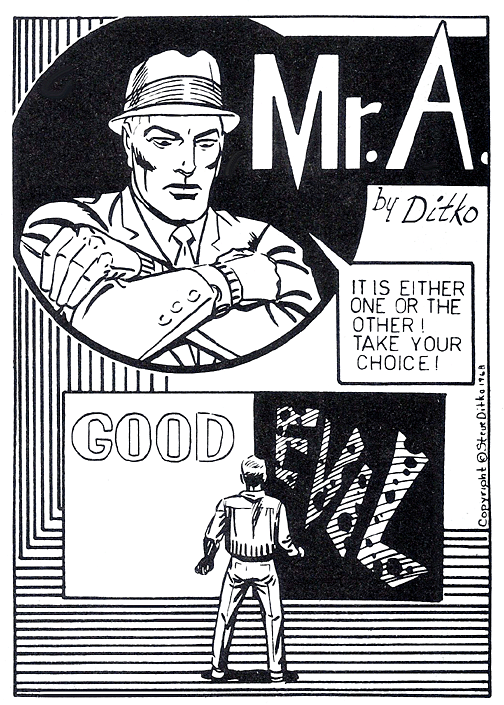
For much of the 1970’s, Ditko worked at Charlton as well as independent publishing. He helped further the careers of Dick Giordano to DC, as well as Berni Wrightson. Towards the end of the 1970’s, Ditko had resumed relationships with both Marvel and DC. His work appeared off and on for both companies through the 1980’s as well as for self-publishing and independent smaller press. He also produced many illustrations for commercial licensed properties including Transformers and even Mighty Morphin Power Rangers.
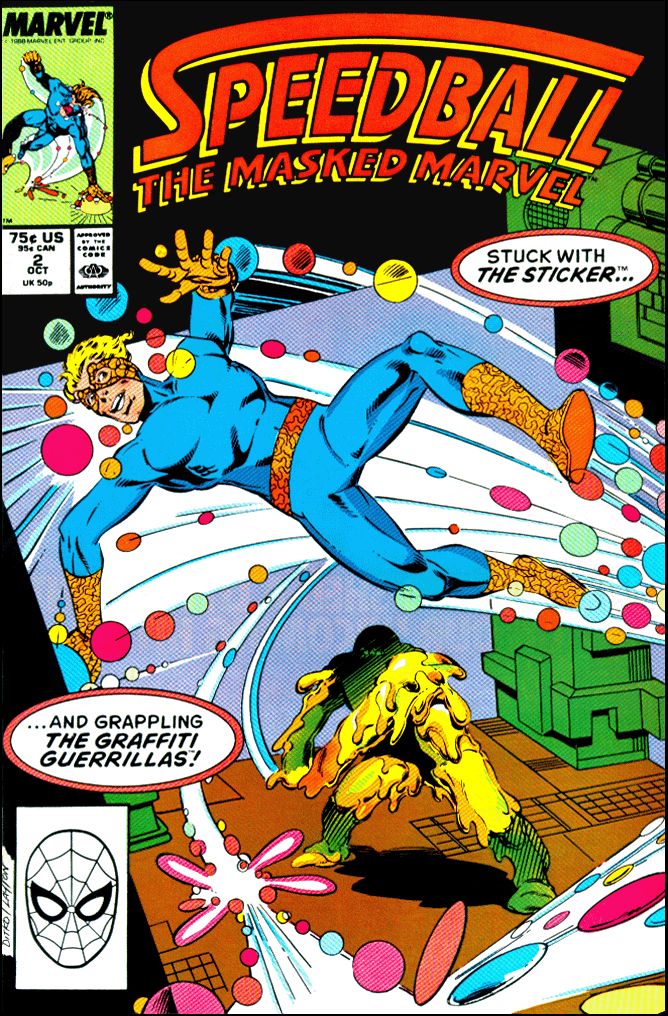
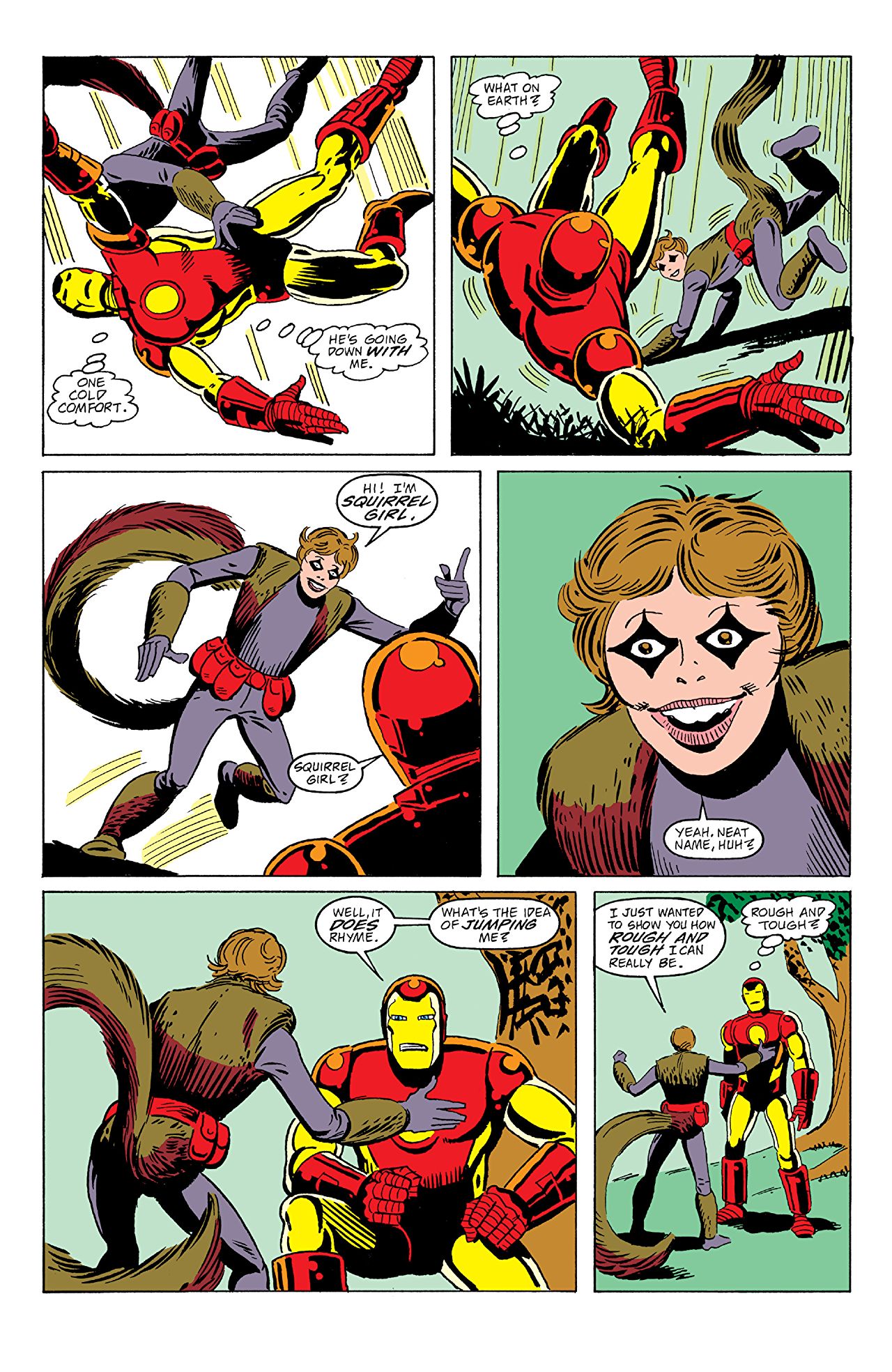
Ditko continued to work for Marvel into the late 1990’s, creating minor characters like Speedball and Squirrel Girl. He even worked on Captain America, Daredevil, and Iron Man stories that appeared in Marvel Comics Presents. To the lament of comic fans, Ditko never returned to his two great creations, Doctor Strange or Spider-Man.
He often stated in personal letter responses to fans as well as in his rare interviews, that he had no interest returning to his work of many decades past. He was notable for avoiding comic book conventions, autographing comic books, or being photographed. When Marvel debuted Spider-Man and later Doctor Strange in theatres, Ditko was nowhere to be seen. Its even rumored that he rejected significant royalty checks for the films. It seems he had no desire for the celebrity status that Stan Lee enjoyed.
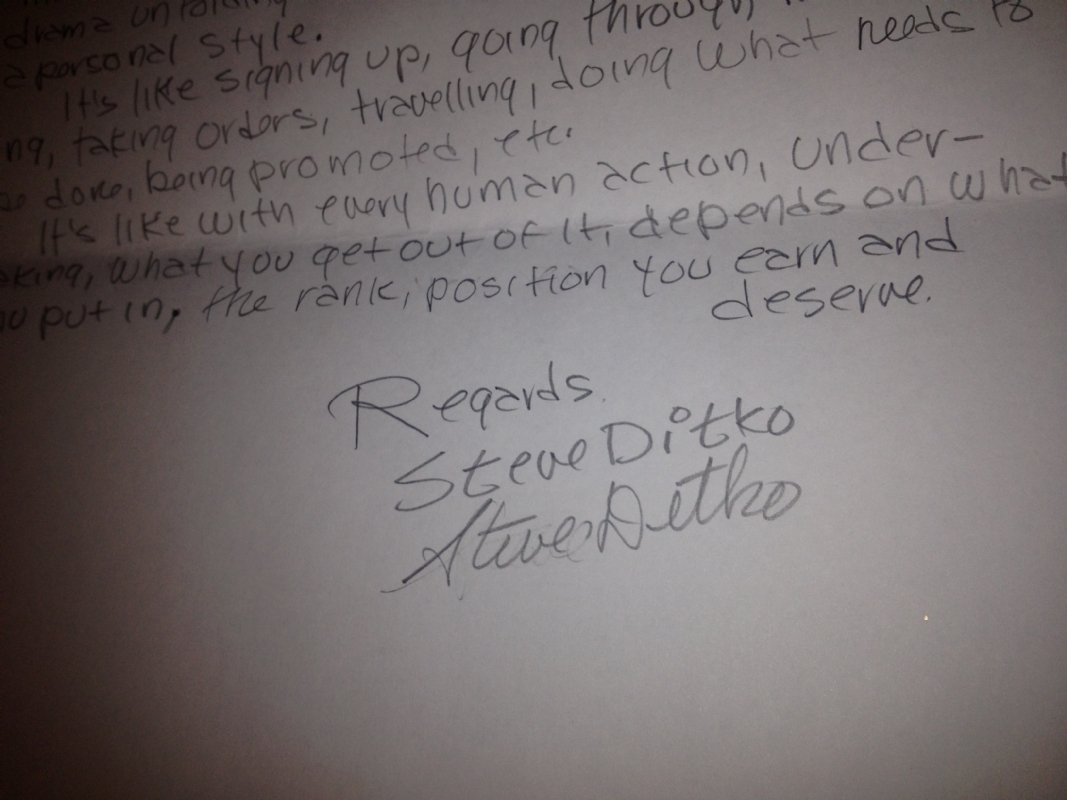
Despite refusing to sign comics for fans, Steve Ditko always took the time to respond to fan mail. Sometimes with a curt one-sentence response, other times with a page long explanation. He always hand wrote his responses and always signed them. If you took the time to write, he took the time to respond. I’d like to think that this was his way of pleasing his fans while maintaining his privacy.
Last year, a friend of mine accompanied Steve Ditko to the New York Comic Con 2017. He was assigned security, but none was really needed. To the costumed Harley Quinns and Spider-Mans, he appeared as an elderly man in a flat cap. He didn’t stay very long as the crowds must have been overwhelming. It must have been quite astonishing to witness the meteoric rise of an industry that began as cheap pulp publication over 70 years ago.
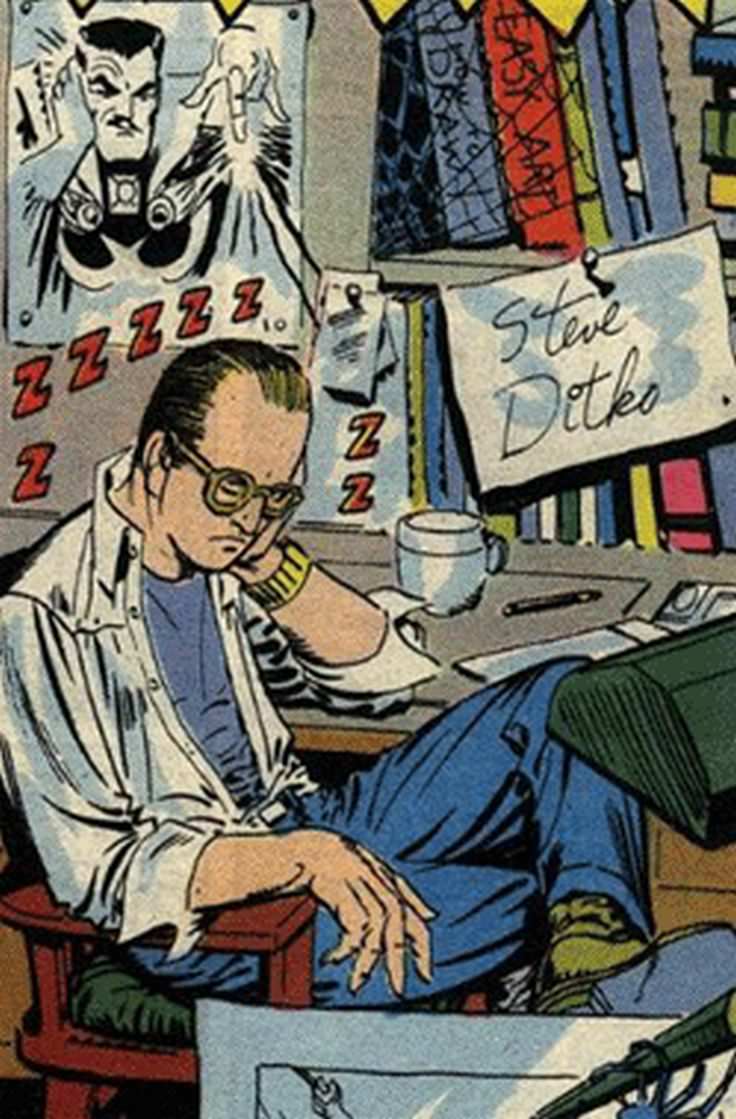
Steve Ditko is often misunderstood as reclusive. However his writings reveal a thinker engaged in the world around him, content as a lucrative free-lance artist. Steve Ditko always looked to the future, when many only saw him in the past. Welcome, Steve Ditko, to the great beyond!
Joshua H. Stulman, Owner
BrooklynComicShop.com

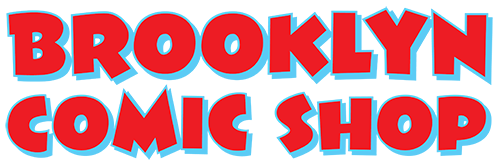
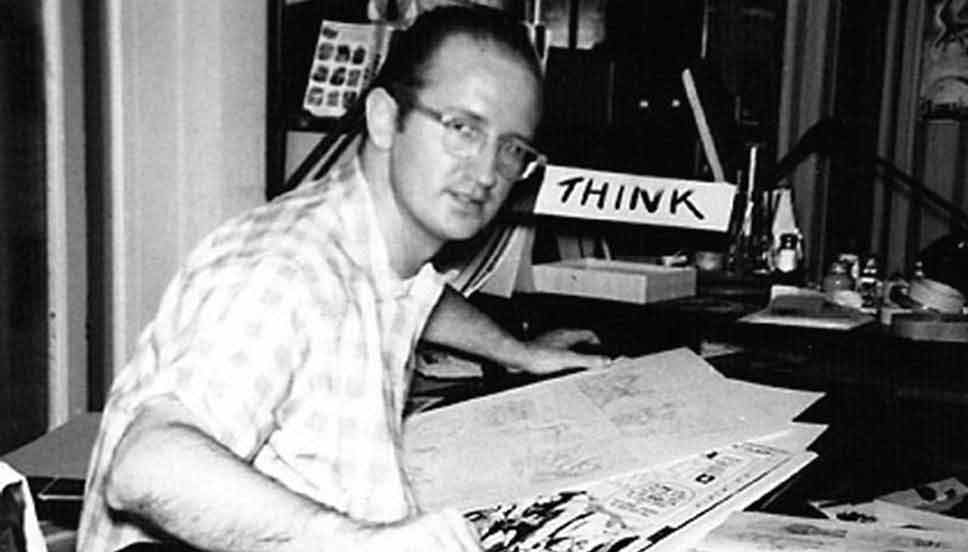
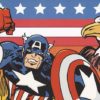
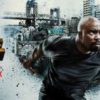






Leave a reply